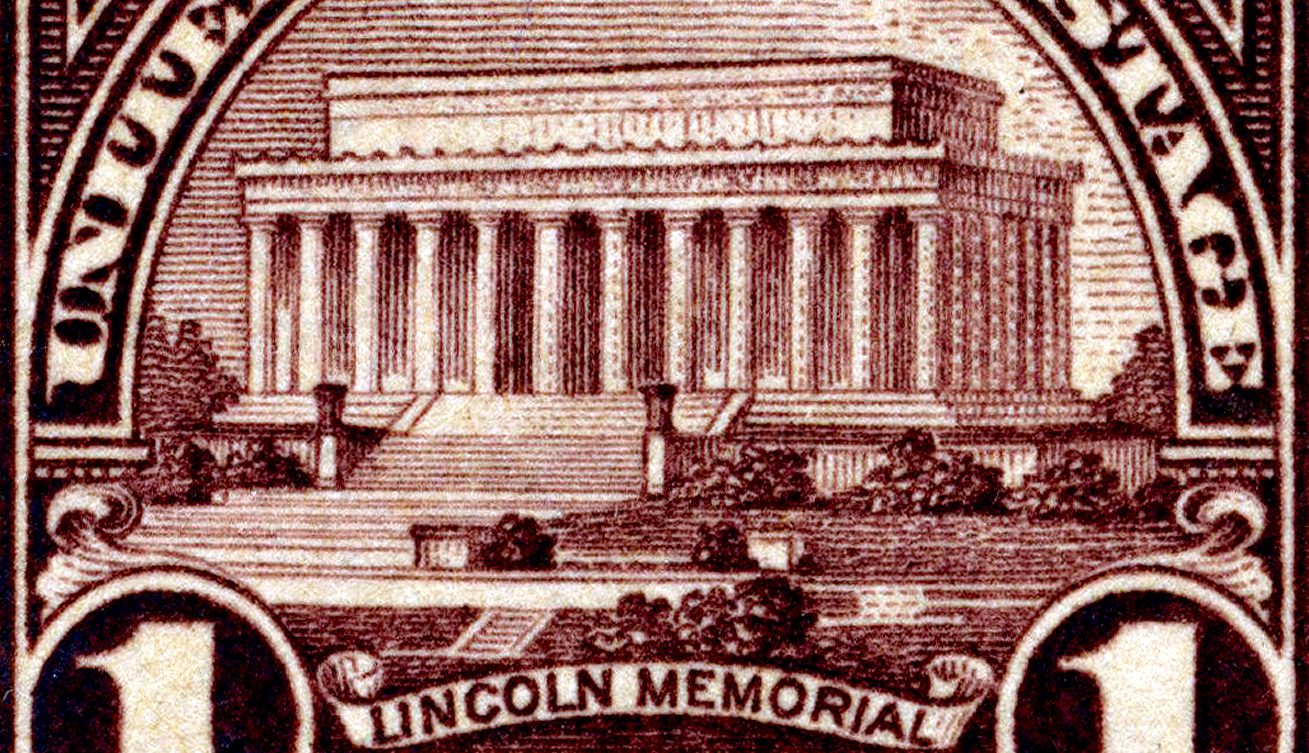GI Bill
On June 22, 1944, President Franklin Roosevelt signed the Servicemen’s Readjustment Act, also known as the GI Bill, into law.

On June 22, 1944, President Franklin Roosevelt signed the Servicemen’s Readjustment Act, also known as the GI Bill, into law.

On June 21, 1788, New Hampshire became the ninth state to ratify the United States Constitution. New Hampshire’s approval of the document put the Constitution into effect and officially made it the United States of America’s ninth state.

On June 15, 1836, Arkansas was admitted as the 25th state of the Union. Statehood was hotly debated for 25 hours before being approved and signed into law by President Andrew Jackson.

On June 12, 1957, the US hosted an International Naval Review that coincided with the 350th anniversary of the founding of the Jamestown colony.

On June 6, 1944, some 155,000 Allied troops stormed the shores of Normandy on D-Day, the start of Operation Overlord.

On May 30, 1922, William Howard Taft dedicated the Lincoln Memorial in Washington, DC. The memorial houses the massive 19-foot seated Lincoln statue

On May 20, 1950, the US first celebrated Armed Forces Day. Armed Forces Day is celebrated on the third Saturday in May, near the end of Armed Forces Week.

On May 15, 1942, the Women’s Army Auxiliary Corps (WAAC) was established. The women of the WAAC filled important noncombatant jobs, freeing up thousands of men for combat.

Hiram Ulysses Grant was born on April 27, 1822, in Point Pleasant, Ohio. A hero of the Civil War, he served as America’s 18th president.